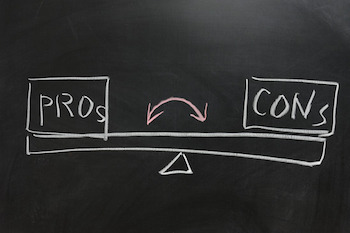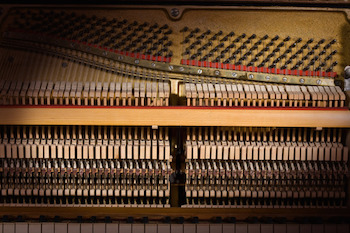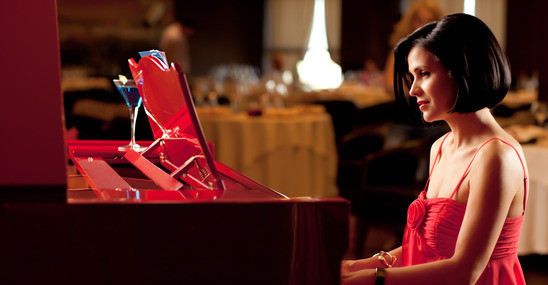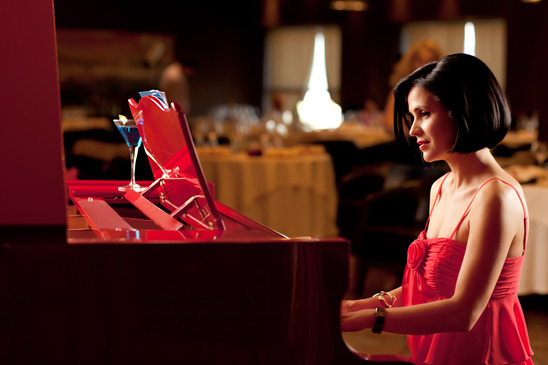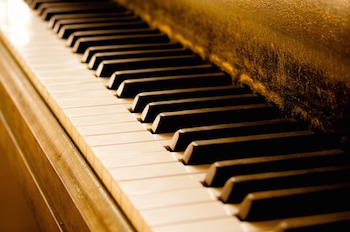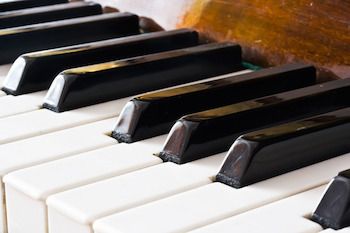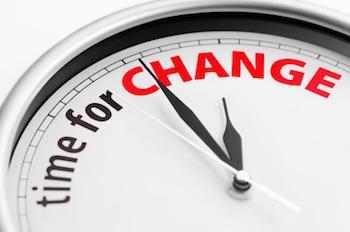Pianos are built to last. As long as you provide your piano regular maintenance, and don’t expose it to extreme conditions, you will almost never have a string on your piano breaking. Piano wire is extremely elastic, and can take quite a bit of abuse before it moves to the point of breaking.
On older pianos, strings can become brittle with age, especially if exposed to harsher conditions and not main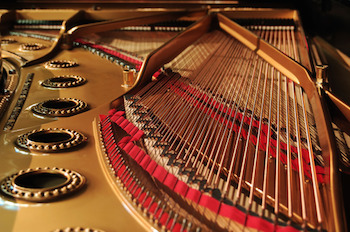 tained on a regular basis. While piano strings rarely break with non-use, they can snap when a tuner is attempting to tune the piano, especially if they are attempting an extreme pitch raise.
tained on a regular basis. While piano strings rarely break with non-use, they can snap when a tuner is attempting to tune the piano, especially if they are attempting an extreme pitch raise.
If a piano string does break, never remove and throw away the piano string. In all cases, a piano repair technician will attempt to reuse the wire whenever possible.
With a broken bass string, which is core wire with other wire wrapped around it, often called a wound string, its best to splice the old string back into place if possible. If not, keep in mind that each bass string on each and every make and model of piano is different. The broken string will have to be ordered to expectations to ensure a perfect fit. Even if the broken string cannot be repaired, by having it as a guide, it can be sent in to be duplicated, to ensure a proper fit for a proper sound.
If more than a few strings are broken, it is usually an indication of a deeper problem within the structure of the piano. The strings are extremely brittle, meaning even minor tuning could continue snapping more of the piano wires.
If this is the case, the only solution may be to restring the entire piano, and restore it to its original condition. Depending on the piano, the sentimental value, and the overall quality of the piano, this could be an expensive proposition. With a full evaluation, it can be determined how extensive the damage is, what it would take to recondition it back to playing condition. Which allows you to make an educated decision on the direction to take.
If you have further questions about the condition of your piano, don’t hesitate to call. With over 50 years in the piano business, we have the experience and the know-how to help you with all of your piano needs.


